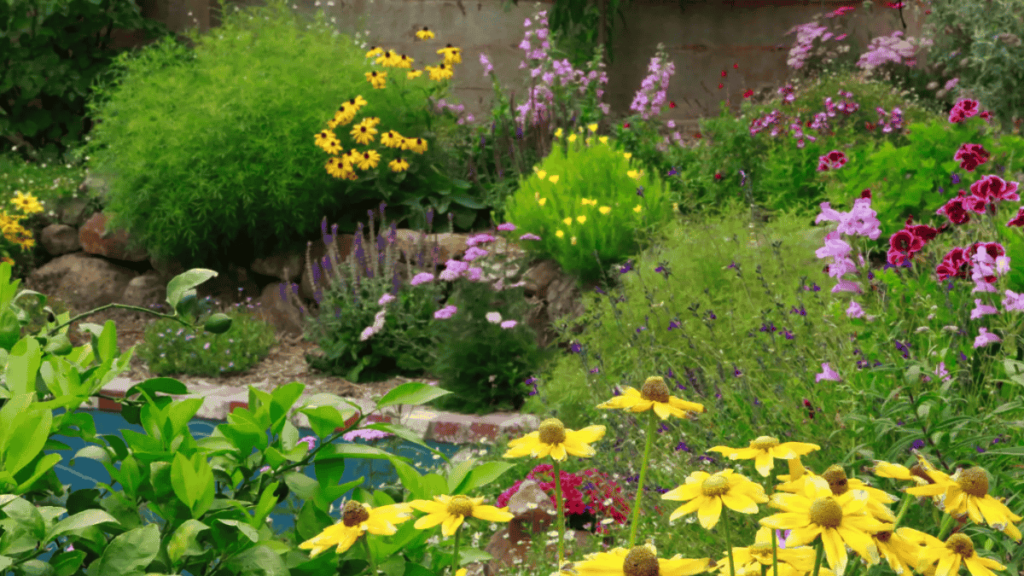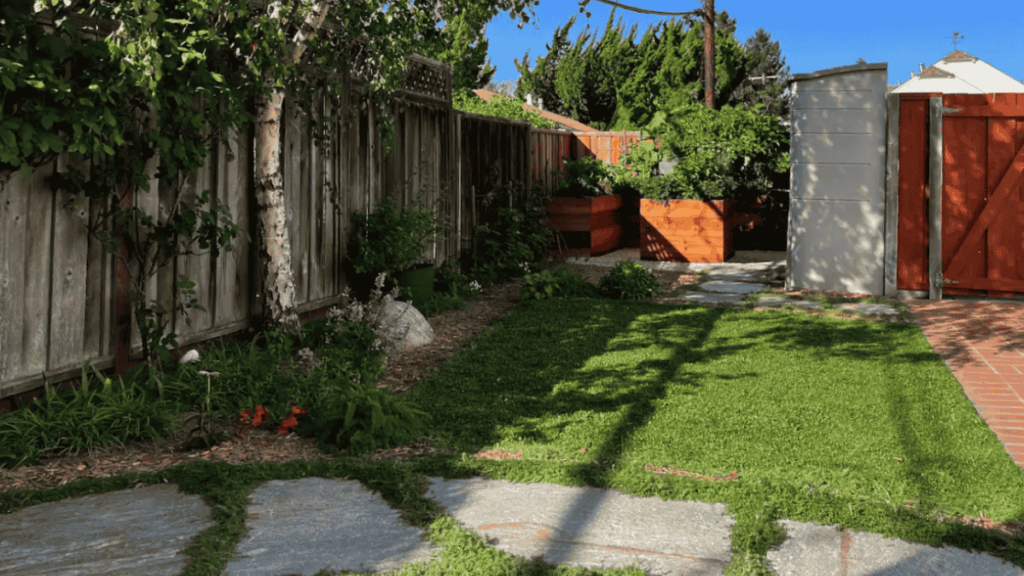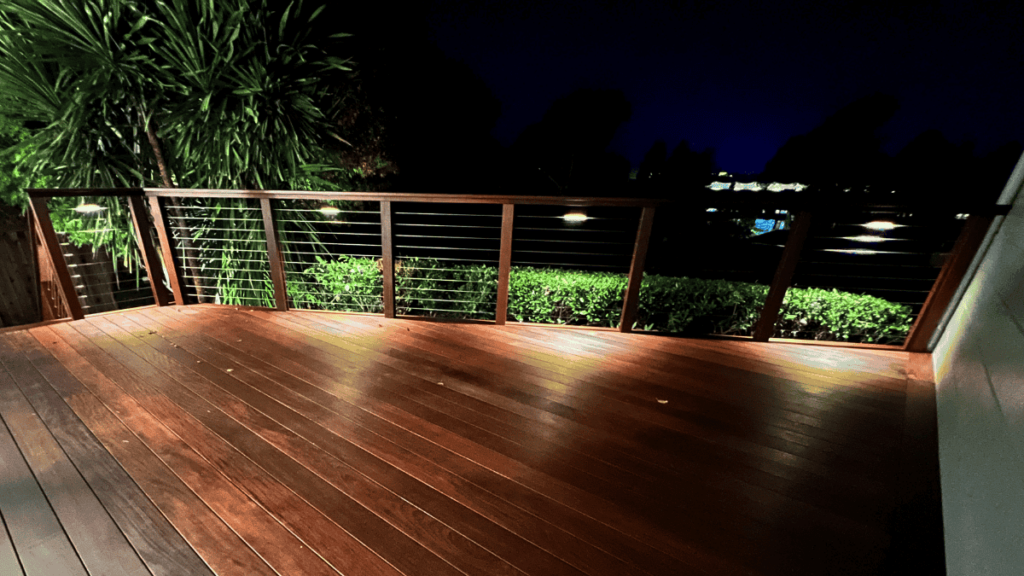Shade Structures that Support Plant & Human Health
The Importance of Shade Structures in a Changing Climate
Heat-resilient design is no longer a luxury—it’s a necessity for future cities and thriving communities.
Sun-soaked outdoor spaces invite connection, play, and respite. Yet rising urban heat, driven by escalating climate change, threatens that joy. Temperatures in cities can soar above surrounding areas—a phenomenon known as the urban heat island effect. Hard surfaces like concrete and asphalt trap heat, leaving both people and plants vulnerable to stress and exhaustion.
Shade structures—from thoughtfully designed pergolas to living trellises—offer more than visual appeal. They serve as protective sanctuaries, filtering harsh sunlight and lowering ground temperatures. This shift creates havens for families yearning to gather outdoors without risk, as well as microclimates where sensitive plants can flourish.
Key benefits of integrating shade structures:
- Protect human health: Reducing UV exposure and heat-related risks during peak sun hours.
- Support plant vitality: Shielding landscapes from extreme heat, preserving biodiversity.
- Mitigate climate impacts: Lowering energy demands and cooling urban environments naturally.
Purposeful shade is an act of care—for ourselves, our families, our communities, and the living world around us.
Intentional design choices transform outdoor areas into safe, nourishing spaces that empower wellness and resilience for all who inhabit them.
Enhancing Human Well-Being Through Thoughtful Shade Design
Creating shade structures is crucial for promoting human well-being, especially in urban areas. Extensive studies have explored the relationship between shade, human behavior, and physical activity levels, revealing significant benefits.
Relationship Between Shade and Human Behavior
Shade structures influence human behavior by encouraging people to spend more time outdoors. Comfortable shaded areas in parks, office buildings, and public spaces provide relief from the sun’s harsh rays, making outdoor activities more enjoyable. As a result, people feel inspired to engage in physical activities such as walking, jogging, or socializing, which contribute to overall health.
Positive Influence on Children’s Outdoor Play
Research studies have demonstrated the profound impact of shade on children’s outdoor play experiences. Shade-covered playgrounds have been shown to increase the duration and frequency of outdoor play among children. These spaces offer protection from UV radiation and reduce the risk of heat-related illnesses. Consequently, children can safely enjoy playing outside, fostering their physical development and mental well-being.
Design Considerations for Public Spaces
Thoughtfully designed shade structures are essential for encouraging active use of public spaces while ensuring comfort and safety. Key considerations include:
- Material Selection: Using materials that provide effective UV protection and durability.
- Placement: Strategic placement to cover high traffic areas such as seating zones, pathways, and recreational areas.
- Accessibility: Ensuring ease of access for all individuals, including those with mobility challenges.
- Aesthetic Appeal: Integrating designs that complement the surrounding environment to create visually appealing spaces.
When designing shade structures for office buildings or other urban settings, planners should consider how these elements can enhance employee well-being. Incorporating shaded outdoor break areas within building plans can encourage employees to take regular breaks outside, promoting physical activity and reducing stress levels.
By prioritizing thoughtful shade design in urban planning projects, we can create environments that support human health and foster vibrant communities.
Supporting Plant Resilience with Strategic Shade Placement
Shade is not just a gift for people—it’s a vital ally for plants, transforming harsh urban environments into nurturing sanctuaries. The careful placement of shade structures is key to crafting microclimates that buffer vulnerable plantings from the relentless surge of heat stress common in cities. In these thoughtfully designed pockets, temperature swings soften, moisture lingers longer in the soil, and delicate foliage finds relief during searing afternoons.
Creating Beneficial Microclimates
Microclimates are the secret ingredient behind thriving urban gardens. By introducing shade—whether through architectural canopies, pergolas, or living green roofs—gardeners can:
- Lower ambient temperatures by several degrees.
- Reduce evapotranspiration, helping plants retain precious water.
- Provide critical protection for young or sensitive species during peak sun hours.
Imagine a lush understory beneath a solar trellis or a leafy alcove at the edge of a south-facing patio. These are not accidental havens; they are intentional refuges designed to help nature flourish even as heatwaves intensify.
Promoting Biodiversity and Ecological Resilience
Urban design that values shade supports far more than aesthetics:
- Diverse habitats emerge, offering shelter for pollinators, birds, and beneficial insects.
- Layered plantings beneath shade structures become rich ecosystems—each species supporting another in a subtle choreography.
- By encouraging biodiversity, shade-rich landscapes act as buffers against environmental shocks, making the entire urban ecosystem more resilient.
A city garden with varied shade is an invitation to life itself: bees drifting from flower to flower, butterflies resting on broad leaves, children discovering wildness close to home.
Sustainability grows stronger when climate-adapted plants are woven into the tapestry of shaded spaces:
- Select native and drought-tolerant species that thrive in filtered light.
- Incorporate multi-layered plantings (groundcovers, shrubs, small trees) to maximize habitat value while minimizing maintenance needs.
- Design with longevity—choose perennials and deep-rooted plants that will adapt as weather patterns shift.
By combining shade structures with strategic planting choices, designers create enduring landscapes that protect both people and the planet—spaces where resilience isn’t only possible; it’s visible in every leaf and blossom.
Practical Considerations for Designing Effective Shade Structures
Well-designed shade structures can turn outdoor areas into comfortable retreats, benefiting both people and plants, even in hot weather. To make this happen, it’s important to carefully plan how the shade will cover certain areas, where it will be placed, and how it will blend with existing greenery.
Ensuring Adequate Coverage During Peak Sunlight
Direct sunlight during midday can be intense. To effectively block out the sun when it’s most harmful, we need to:
1. Analyze Sun Angles
Study the paths of the sun on your property throughout the seasons. You can use digital tools or simple sun tracking apps to figure out exactly where shadows will fall at different times of the day.
2. Prioritize Key Zones
Identify the areas that are used the most—such as playgrounds, seating clusters, walkways, and edible gardens—and make sure they receive ample shade between 10 a.m. and 4 p.m., which is when the UV rays are strongest.
3. Layered Approaches
Combine man-made structures like pergolas and tensile sails with natural elements such as tree canopies and vertical gardens. This combination not only provides better protection but also promotes biodiversity. For example, a shaded bench beneath a wisteria-covered arbor not only blocks UV rays but also invites people to sit down, read a book, and connect with others.
Harmonizing Shade Structures With Green Spaces
Shade should always be an integral part of the design rather than an afterthought. When integrating shade structures into outdoor spaces, we must:
1. Respect Existing Vegetation
Take into account any mature trees and understory plants that are already present on the site. Let their natural canopies guide your design decisions and avoid any hardscaping that could disrupt their root zones or wildlife pathways.
2. Flexible Installations
Consider using modular or movable structures that can adapt over time as the landscape changes—allowing light-loving plants to thrive while heat-sensitive ones find shelter from the sun.
3. Visual Flow & Accessibility
Choose materials and shapes that mimic natural patterns—such as wooden lattices, organic curves, or earthy colors—to create a seamless transition between shade structures and surrounding garden beds or lawns.
4. Create Microhabitats
Incorporate planters or green roofs on top of shade structures so that they become homes for pollinators and beneficial insects.
By implementing these strategies, we can create outdoor environments that are resilient: not only reducing heat but also supporting life in all its forms. Each design choice becomes an opportunity to care for our planet—promoting well-being while also protecting our ecosystems.
Evaluating the Impact: Monitoring Tools for Shade Structure Projects
Integrating technology into landscape design turns intention into measurable outcomes. GPS monitoring and accelerometers have emerged as powerful allies in understanding how shade structure design truly shapes outdoor experiences.
Key Monitoring Techniques:
1. GPS Tracking
By equipping users or spaces with GPS devices, designers and researchers gain clarity on movement patterns within shaded and unshaded areas. This data reveals which structures invite lingering, where children gravitate for play, and how adults choose their paths during peak sun hours.
2. Accelerometers
These compact sensors measure activity intensity—detecting whether people are sitting, walking, running, or engaged in spirited play. When paired with GPS data, accelerometers provide a nuanced picture: not only where people gather but also how actively they use the space.
Transforming Data Into Insights
- Identifying underused zones can inform adjustments to structure placement or size.
- Understanding patterns of activity intensity helps ensure that shade structures foster genuine well-being—not just shelter from the sun but vibrant, healthy engagement with the outdoors.
Real-time feedback from these tools empowers both homeowners and planners to refine shade solutions, creating sanctuaries that support health and connection at every step.
Embracing Heat-Resilient Design: A Call to Action for Urban Planners and Designers
Conclusion: Incorporating well-designed shade structures into urban planning practices is essential in creating healthier environments for both plants and people. By addressing critical pain points, urban planners and designers can ensure that outdoor spaces remain inviting and sustainable.
Encouragement for Professionals:
- Adopt Heat-Resilient Design Principles: Embrace strategies that mitigate the impact of rising temperatures and enhance the quality of life in urban areas.
- Long-term Benefits: Recognize the enduring advantages of integrating shade structures into design projects, such as improved physical activity levels, enhanced plant resilience, and overall ecological sustainability.
Professionals in the field are invited to lead by example, designing spaces that reflect both environmental consciousness and practical functionality. Through thoughtful planning, the integration of heat-resilient features like strategic shade placement can transform our cities into sanctuaries of wellness and sustainability.

Diego Torrelio
Founder & CEO





